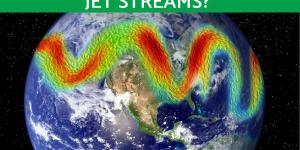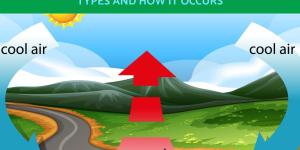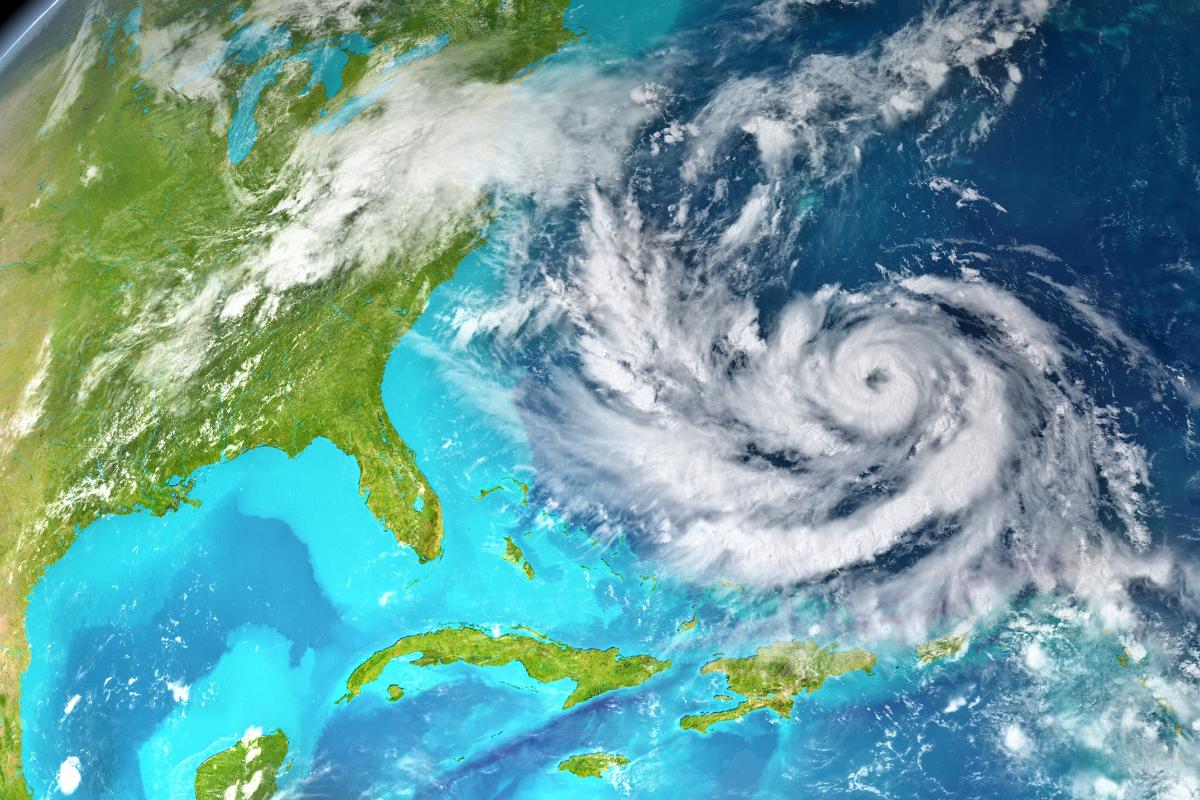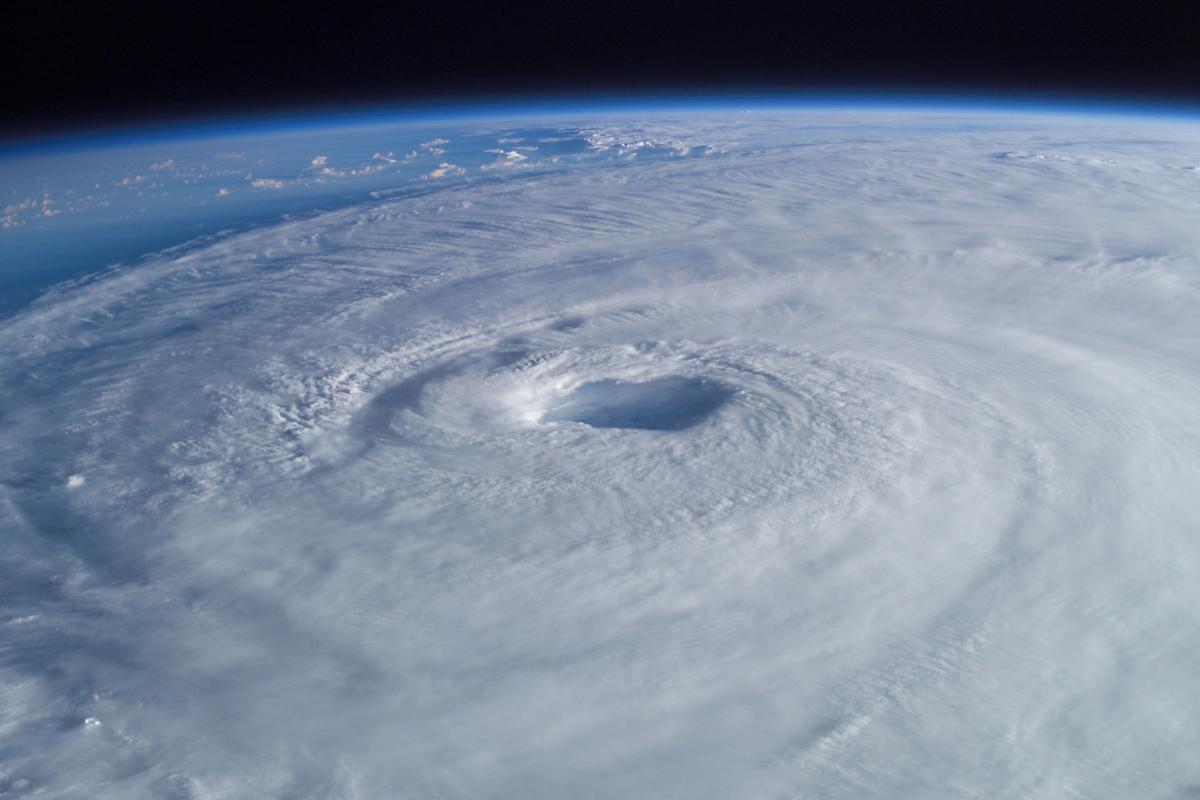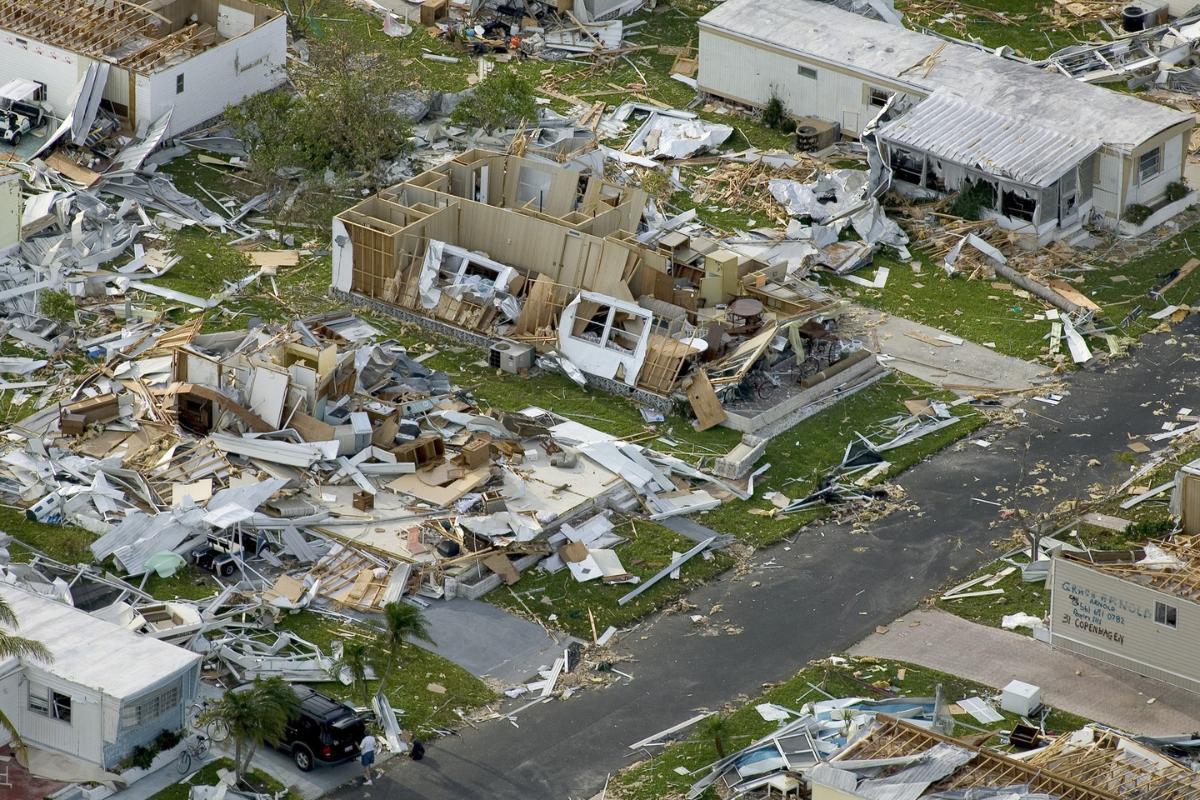How Does Climate Change Impact Hurricanes?


Climate change is a major factor contributing to the increasing frequency and intensity of hurricanes globally. As the Earth's temperature rises, weather patterns are shifting, leading to significant changes in the dynamics of these powerful storms. Understanding the complex relationship between climate change and hurricanes is essential for predicting future storm activity and developing effective strategies to mitigate their impacts.
The following article explores the impact of climate change on hurricanes, including intensified storm strength, altered precipitation patterns, and heightened coastal vulnerabilities.
What are hurricanes?
Hurricanes, also known as tropical cyclones or typhoons, are intense weather systems that form over warm ocean waters, primarily in tropical regions.
These powerful storms are characterized by:
- Hurricanes develop over ocean waters with temperatures exceeding 26.5 degrees Celsius (80 degrees Fahrenheit). Warm, moist air rises, creating a low-pressure area that draws in surrounding air. As the air ascends and cools, it condenses, releasing latent heat and fueling the storm.
- A hurricane begins as a tropical depression, with wind speeds of up to 63 km/h (39 mph). As it intensifies, it becomes a tropical storm and is given a name. When sustained winds reach at least 74 mph (119 km/h), it is classified as a hurricane.
- Hurricanes are categorized on the Saffir-Simpson Hurricane Wind Scale, from Category 1 to 5. Category 5 represents the most intense storms.
- A hurricane's eye, a calm region at the center, is surrounded by a wall of towering thunderstorms known as the eyewall.
- Hurricanes rotate counterclockwise in the Northern Hemisphere and clockwise in the Southern Hemisphere due to the Earth's rotation.
- Hurricanes generally track westward, often curving northward or southward as they encounter changes in atmospheric conditions.
- Hurricanes can last for several days or weeks, with their intensity fluctuating over time.
Finally, is it crucial to note that hurricanes can cause immense damage due to powerful winds, heavy rainfall, and storm surges. These destructive weather events pose significant threats to coastal communities and can have long-lasting impacts on ecosystems and economies. For a deeper understanding of the key characteristics of hurricanes and how they form, don’t miss our related article.

How do hurricanes form?
Hurricanes form through a complex series of atmospheric and oceanic processes.These steps are interconnected and essential for the formation of hurricanes.
Here's a breakdown of the key steps involved. These steps are interconnected and essential for the formation of hurricanes:
- Warm, moist air rises from the ocean surface due to the evaporation of seawater.
- This rising air creates a low-pressure area below.
- As air rises, it is replaced by cooler, denser air flowing in from the surrounding area. This creates a zone of convergence, fueling the updraft of warm, moist air.
- As the rising air cools, it condenses, forming clouds and releasing latent heat. This heat energy further powers the storm.
- The rising air creates a low-pressure center at the surface. The Earth's rotation causes this low-pressure system to spin, creating a cyclonic circulation.
- As the storm continues to develop, it becomes more organized, with a distinct eye and surrounding eyewall. The storm's intensity increases as it draws in more warm, moist air and releases more heat energy.
When sustained wind speeds reach or exceed 119 km/h (74 mph), the storm is classified as a hurricane. However, factors like wind shear, which is a change in wind speed or direction with altitude, can disrupt the organization of a tropical storm and prevent it from intensifying. Also, if a tropical storm encounters dry air, it can cool and destabilize the system, causing it to weaken. If you're fascinated by extreme weather, you’ll want to explore how hurricanes and tornadoes differ in our related article.

How are hurricanes cathegorized?
Hurricanes are categorized according to the Saffir-Simpson Wind Scale, which measures a storm's intensity based on its sustained wind speeds. The scale ranges from Category 1 to Category 5, with each increasing level indicating more severe damage potential:
- Category 1 (119-153 km/h winds): hurricanes in this category cause relatively minor damage. They may knock down small trees, damage weak structures, and cause localized coastal flooding. Precautionary measures, such as preparations and evacuations, are usually sufficient to mitigate the risks.
- Category 2 (154-177 km/h winds): these storms present a much greater threat. Winds can uproot large trees, cause significant structural damage, and lead to extended power outages. Coastal areas may experience more serious flooding, increasing the need for emergency preparedness.
- Category 3 (178-208 km/h winds): category 3 hurricanes are classified as "major" storms, capable of causing extensive devastation. High winds can topple large trees, severely damage or destroy buildings, and result in widespread, long-term power loss. Coastal flooding is often severe, making evacuation plans critical.
- Category 4 (209-251 km/h winds): category 4 hurricanes are extremely dangerous and can lead to catastrophic damage. Winds can strip the land of trees, destroy homes, and cause extensive flooding. Mass evacuation is essential to protect lives as these storms threaten both coastal and inland areas.
- Category 5 (252 km/h or more): The most intense hurricanes fall into this category, posing a severe risk to life and property. Winds can cause widespread destruction, flatten buildings, and trigger massive flooding. Entire regions may become uninhabitable for an extended period, making timely evacuation crucial to survival.
Each step up the Saffir-Simpson scale signifies not just stronger winds, but exponentially greater damage potential and increased danger for those in the storm's path.
How do you determine the category of a hurricane?
The intensity of hurricanes is classified using the Saffir-Simpson Hurricane Wind Scale, a five-point scale based solely on the maximum sustained wind speeds they produce. Meteorologists gather real-time data on a hurricane's wind speeds using various tools, including aircraft reconnaissance, satellites, buoys, and weather stations.
It's important to note that while the Saffir-Simpson scale focuses on wind speed, other factors like rainfall, storm surge, and the overall size of the hurricane can significantly impact a storm's destructive potential.
Curious about the deadliest hurricanes ever to strike the U.S.? Explore some of the most catastrophic storms in our next article.

How climate change makes hurricanes more destructive
Climate change is expected to intensify the strength, and impacts of hurricanes. While the overall number of hurricanes may not increase significantly, studies suggest that the intensity of these storms is likely to rise.
Here's how climate change is influencing hurricanes:
- Rising global temperatures are leading to warmer ocean waters. Hurricanes derive their energy from warm ocean waters, so warmer temperatures provide more fuel for these storms.
- A warmer atmosphere can hold more moisture, leading to heavier rainfall during hurricanes. This can exacerbate flooding and other destructive impacts.
- Climate change is causing sea levels to rise, which can increase the height of storm surges during hurricanes. This can lead to more severe coastal flooding and damage.
- Some studies suggest that climate change may alter the tracks of hurricanes, potentially bringing them to new regions or increasing their frequency in certain areas.
While it's difficult to attribute any single hurricane to climate change, the overall trend toward more intense storms is consistent with the predictions of climate models. As climate change continues, the risks associated with hurricanes are expected to increase.
Have hurricanes been getting worse?
The overall number of tropical cyclones globally has not increased significantly in recent decades, however, there is growing evidence suggesting that the intensity of these storms is rising.
The Intergovernmental Panel on Climate Change (IPCC) has concluded that it is "likely" that a higher proportion of tropical cyclones worldwide are reaching Category 3 or above on the Saffir-Simpson Hurricane Wind Scale. This means that a greater number of hurricanes are achieving the highest wind speeds, even if the total number of storms remains relatively constant.
Not only that, but the IPCC estimates that the proportion of tropical cyclones reaching Category 4 or 5 could increase by around 10% if global temperatures rise by 1.5 degrees Celsius. This figure rises to 13% for a 2-degree increase and 20% for a 4-degree increase.
Hurricanes often bring catastrophic floods. Dive deeper into the triggers and consequences of major flooding events in our other article.
If you want to read similar articles to How Does Climate Change Impact Hurricanes?, we recommend you visit our Meteorological phenomena category.

